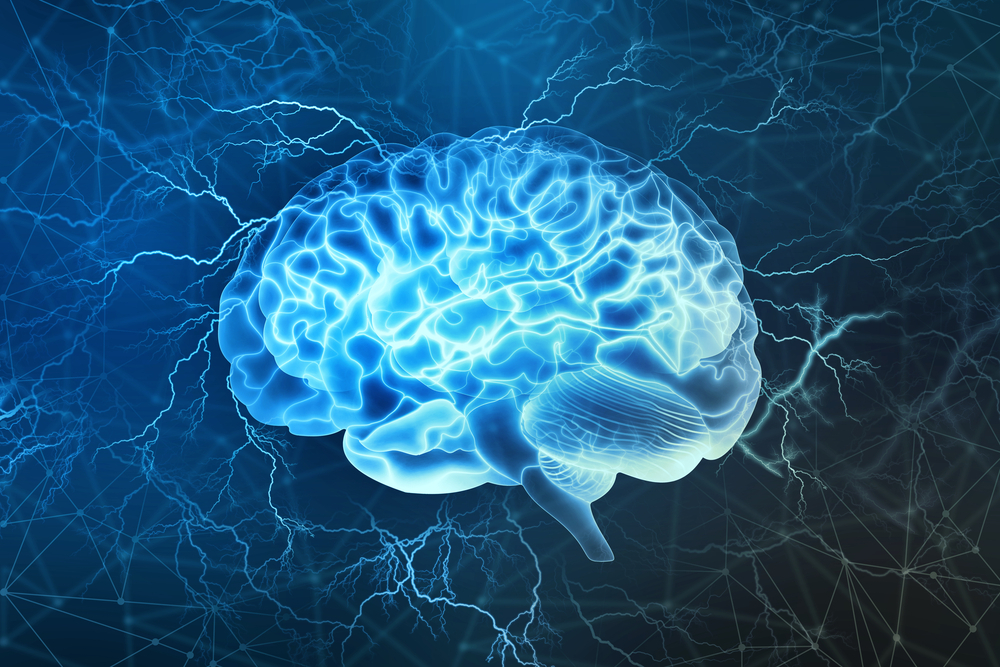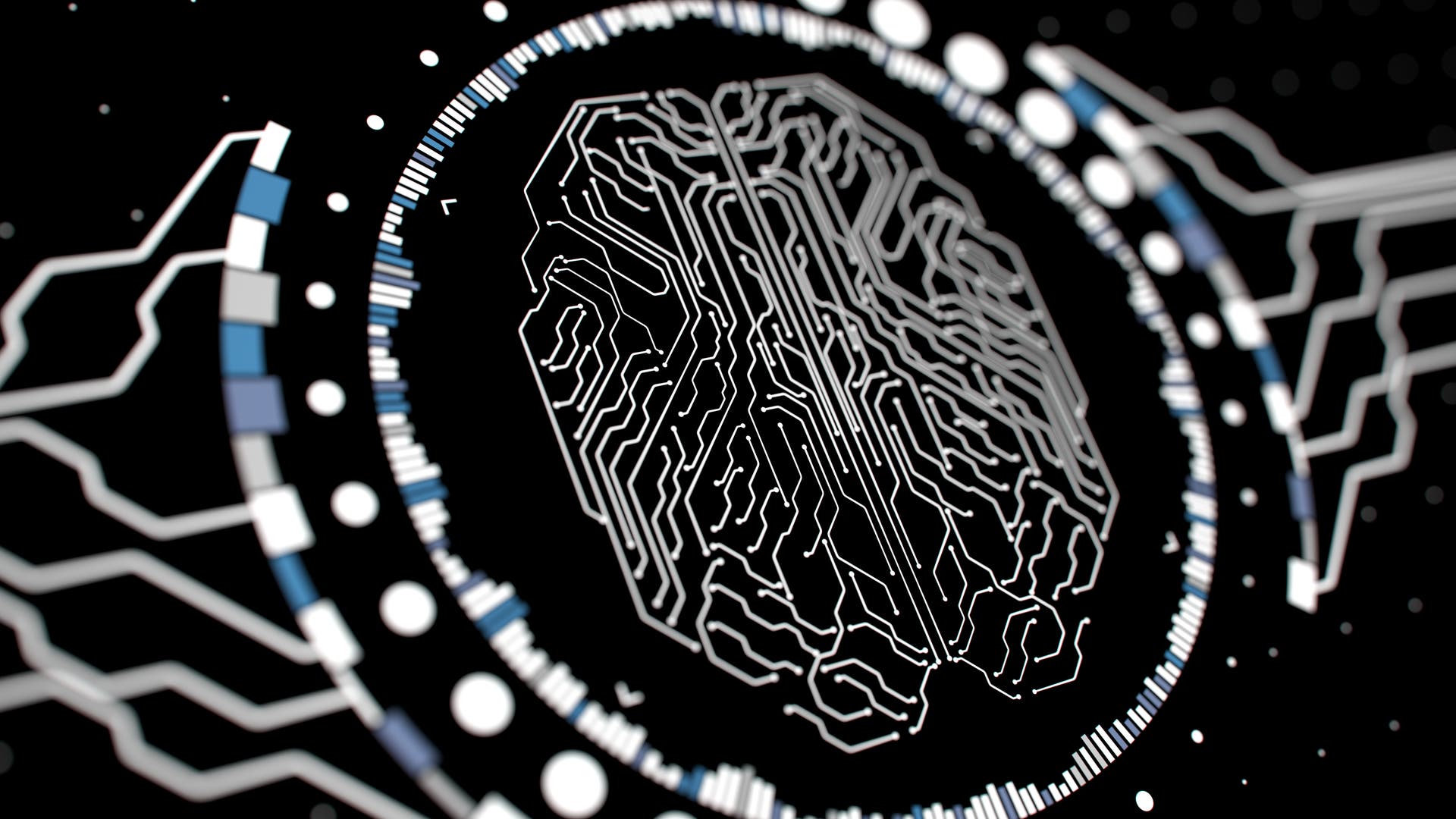The researchers, led by computer scientist and neuroscientist Demis Hassabis of the British company Google’s DeepMind, took advantage of this knowledge. Its artificial neural network learned to master the classic Atari games in 2015. The only input it received was the color pixels of the screen and the score. As an output, the network issued commands for the movements of the joystick. The training was based on the principle of reinforcement learning. Positive decisions are rewarded later, in this case by winning points. The algorithm learned gradually through trial and error.
An important part of the network was a kind of repeat button. She kept a portion of the training data and repeated it “offline” in order to learn again from her successes and failures. As it turned out, My Arithmetic Network was superior to other algorithms in direct comparison. I understood not only better, but above all faster.
According to Helge Ritter, there are currently various ways to give artificial neural networks a kind of episodic memory. The goal is the same for all of them: shorten the learning time and reduce the number of examples required for training. In 2016, computer scientist Oriol Vinyals and his team from DeepMind demonstrated one way to do just that. They equipped a network with a “memory component” that stores information useful for the task.
They still have to use a large data set containing 60,000 images for training. It included objects and creatures from 100 classes such as cars and cats, each with 600 model images. But the algorithm at least “understood” the principle after 80 classes. Then things went very quickly: With the remaining 20, learn new things, like a dog, from a sample photo. It is similar to humans. We also learn faster when we can apply existing knowledge to new content.
Fatal movie break
But what happens to the acquired knowledge? Can it just be expanded infinitely? For a long time, AI research has struggled with a problem that experts have dubbed “catastrophic forgetfulness” — a real horror for computer scientists: hardly an algorithm that learned a task with great difficulty from the “weighted links” of a neural network that is now suitable for it is assigned to someone who has been optimized for the task. The second and it is finally overwritten. This is why DeepMind Network, for example, could only practice one Atari game at a time.
Also in this case, AI researchers can use the human brain as a guide. For example, when a mouse learns something new, it strengthens the synapses involved between neurons. The thorns, small protrusions, grow on the branching dendrites that contain the receiving part of the synapses. Now comes the crucial point: the spines are retained even with new learning processes, and synaptic transmission is permanently increased. In this way, the corresponding experience is consolidated, i.e. consolidated.

“Alcohol buff. Troublemaker. Introvert. Student. Social media lover. Web ninja. Bacon fan. Reader.”







More Stories
This is how our brain chooses what information it will remember in the long term
Up to 100 pilot whales stranded in Western Australia – Science
Huge radiation explosion from a magnetar – forschung.de